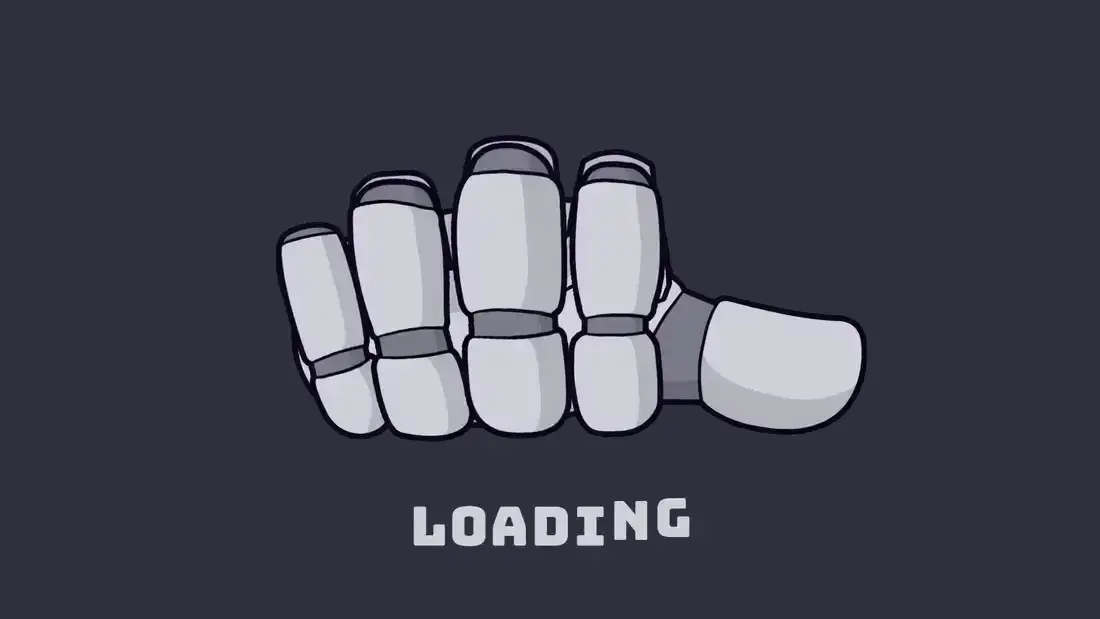▼ Most saved
Interactive canvases
Free mode
100% free
Freemium
Free Trial
Other tools
-
1,906540463Released 8mo ago100% Free
-
2737163Released 1y ago100% Free
-
1676858Released 6mo ago100% FreeRuthlessAngel🙏 3 karmaSep 24, 2025No matter what you prompt, it comes up with the same woman's face. Nothing else.
-
 Transform ideas into vibrant AI-generated paintings.Open1926753Released 10mo ago100% Free
Transform ideas into vibrant AI-generated paintings.Open1926753Released 10mo ago100% Free - Spotlight: Speechmatics | AI Voice Agents (Voice agents)
-
1816649Released 7mo ago100% Free
-
 Open1476642Released 5mo ago100% Free
Open1476642Released 5mo ago100% Free -
 AI-powered art generator for stunning digital masterpieces.Open1966354Released 9mo ago100% Free
AI-powered art generator for stunning digital masterpieces.Open1966354Released 9mo ago100% Free -
3875548Released 1y ago100% Free
-
 Transform ideas into expressive AI oil paintings.Open1414132Released 6mo ago100% Free
Transform ideas into expressive AI oil paintings.Open1414132Released 6mo ago100% Free -
1553827Released 1y ago100% Free
-
843422Released 4mo ago100% Free
-
572416Released 4mo ago100% Free
- Didn't find the AI you were looking for?
-
1651036Released 10mo ago100% Free
-
13796Released 5mo ago100% FreeArtist Tips for Better Results with Somnira Canvas: To help Somnira Canvas render the most compelling and emotionally resonant figures—whether human or animal—users are encouraged to guide the tool with poetic, suggestive phrasing rather than highly technical descriptions. This helps maintain harmony with the platform’s expressive strengths. For human figures, try emotion-based posture phrases like “curled in sorrow,” “reaching toward a fading light,” or “kneeling in wind.” Favor mood-based modifiers over anatomical specifics, such as “a silhouette bathed in dusk” or “a quiet figure in motion blur.” For animals, use mythic or metaphorical phrasing like “a fox made of stars,” “a deer outlined in frost,” or “a lion woven from dusk and gold.” Avoid strict biological realism unless intentionally stylized (e.g., “cubist owl,” “ink-drawn heron”). Best practices include specifying camera perspective or body angle with terms like “3/4 view,” “top-down shot,” or “over-the-shoulder,” and adding atmospheric cues such as “drifting in chalk mist,” “outlined by candlelight,” or “carved in shadow.” You can also add emotion-based tags directly into the prompt—words like “longing,” “grief,” “stillness,” or “wonder” will guide the aesthetic and expressive qualities of the final artwork.
-
105633Released 10mo ago100% Free
Post



